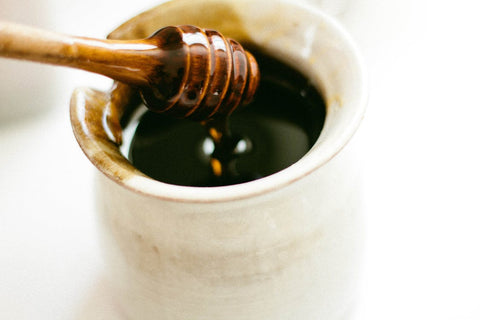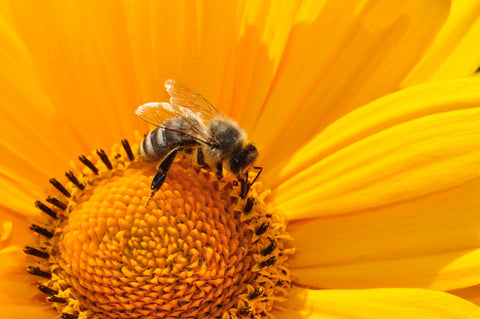Its mid-winter and more than a little chilly out. You know what would sound really good right about now, a hot cup of tea. You boil your water and pour it over a tea bag, open the cupboard up to find your honey to give your tea that perfect sweetness. But as you pull it from the cupboard you see that it has crystalized and turned hard.
We’ve all experienced this frustration, so what do you do about it?
Just because your honey has crystallized does not mean that it is bad, you just need to learn how to properly decrystallize it. And it is not only very easy to do but doesn’t take that long either.
First off, you’ll need a few things:
- Your crystallized Honey
- A glass jar (only if yours is in a plastic container)
- A sauce pan or pot
- Water
- And lastly your stove
- As stated above if your honey is in a plastic container then the first step will be to move the honey into the glass container. You will need to be able to put the jar into the pan of water on the stove so we don’t want to melt the plastic bottle in this process. I suggest using a butter knife to break the honey apart and scrap it out of the plastic container.
- Once your honey is all into the glass jar you will put it into the pan of water on the stove. You do not want to completely submerge the jar in the water, you want just enough water to sit at or slightly below the line of honey in the jar. Now turn the stove on to low to medium heat. You want it barely simmering, no boiling. If it is boiling not only will your jar start to thrash about but high levels of heat will start to destroy the natural properties of the honey.
- Now you’re going to let it sit in the water for between 20 and 30 minutes. You will want to occasionally stir the honey up to help it along. Once you no longer see any crystals, you can turn off the stove and carefully remove the jar from the water to cool. Your honey shouldn’t recrystallize at this point but if you are worried about that you can place the jar into a warm bowl of water so that it does not cool too quickly.
- Now all that’s left is to enjoy you tea!




